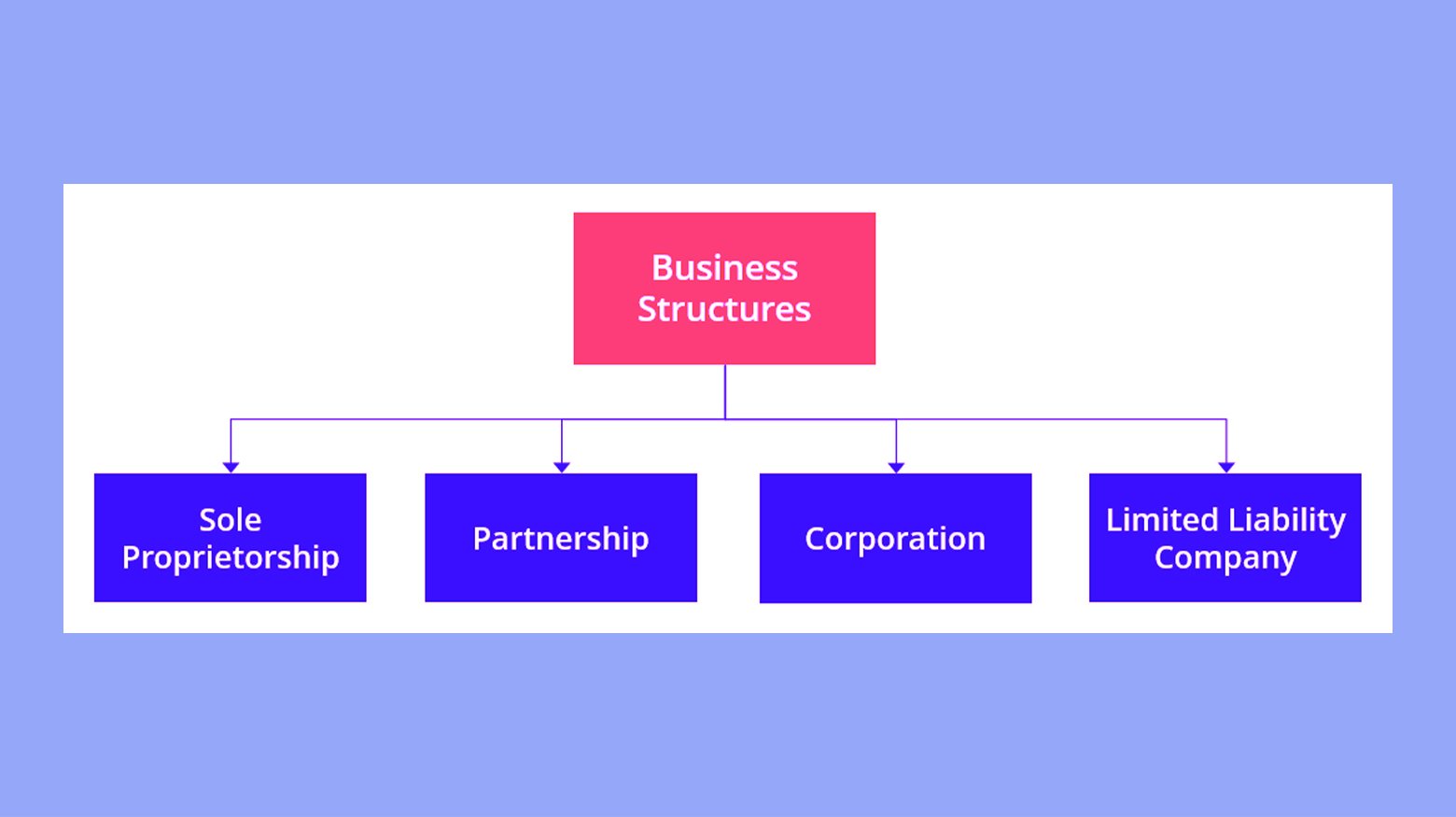Starting a car rental business can be a rewarding venture, especially with the increasing demand for flexible transportation options. This guide will walk you through the essential steps to lay the foundation for your car rental business, from conducting market research and formulating a solid business plan to choosing the right legal structure and complying with industry regulations. By following these steps, you’ll be well-equipped to build a thriving business that meets the diverse needs of your customers.
Step 1: Laying the foundation
Starting a car rental business involves understanding the market, creating a solid business plan, and choosing the right legal structure. These steps help ensure that your business is prepared for success.
Understanding the car rental industry
Before jumping into this business, you need to understand the car rental industry. Begin with market research. Look at local and national trends, as well as consumer behavior. Identify your target market and understand what they want.
Next, analyze your competitors. See what they offer and how they attract customers. This helps you refine your own service offerings. Find out what kind of demand exists in various segments, such as business travel, vacationers, or special events.
Finally, stay updated on industry regulations and legal requirements. Complying with these rules is essential for operating legally and avoiding fines.
Developing a robust business plan
A strong business plan guides your company and helps in securing funding. Start with an executive summary that outlines your business idea and goals. Include details about your business model, which describes how you will make money.
Next, dive into the financial projections. Estimate your startup costs, monthly expenses, and expected revenue. This is crucial for understanding if your business will be profitable.
Your plan should also cover marketing strategies. Explain how you will attract and retain customers. Highlight your competitive advantages that make you stand out in the market.
Finally, ensure your business plan includes legal requirements and regulations. Detail the licenses and permits needed and any other compliance issues you may face.
Choosing your business structure
Selecting the right business structure affects your taxes, personal liability, and operations. Here are your main options:
- Sole proprietorship: Easiest to set up, but you are personally liable for business debts.
- Partnership: Involves two or more people. Liability is shared among partners.
- Corporation: Provides strong liability protection but is more complex and costly to run.
- Limited liability company (LLC): Offers limited personal liability and flexible management.

Each structure has pros and cons. Think about your long-term goals and consult with a legal advisor to choose the best fit for your business.
By understanding the industry, creating a solid business plan, and choosing the right legal structure, you set a strong foundation for your car rental business.

Looking to sell online?
Create your custom online store in minutes with 10Web AI Ecommerce Website Builder and take your business online.
Step 2: Setting up your business
Starting a car rental business involves several crucial steps to ensure that you operate legally and efficiently. You’ll need to register your business and obtain the necessary licenses and permits.
Registering your car rental business
- Choose a business name: Select a name that reflects your brand identity and is memorable. Make sure it’s not already in use by checking with your state’s business registry. This is important to avoid legal issues and establish a unique presence in the market.
- Decide on a business entity: Choose the structure of your business, such as a sole proprietorship, partnership, LLC, or corporation. Each has different legal and tax implications. Many small businesses prefer an LLC because it offers personal liability protection and tax benefits.
- Register your business: You need to register your business entity with the state. This typically involves filing paperwork and paying a registration fee. Check with your state’s Secretary of State office for the specific requirements in your area.
- Get an EIN: Apply for an Employer Identification Number (EIN) from the IRS. This number is used for tax purposes, hiring employees, and opening a business bank account.
- Open a business bank account: Separate your personal and business finances by opening a business bank account. This makes tracking expenses and income easier and more organized.
Acquiring necessary licenses and permits
- Obtain a general business license: Most areas require a general business license to operate legally. You can usually obtain this from your city or county government offices. This step ensures that you comply with local regulations.
- Get specific permits: Depending on your location, you may need specific permits related to the car rental industry. This could include a commercial vehicle license, sales tax permit, or environmental permit.
- Comply with zoning laws: Ensure that the location you choose for your business complies with local zoning laws. You need to verify that renting cars is allowed in that specific area.
- Look for government grants: Some regions offer grants and financial incentives to new businesses. Research available government grants that might help fund your car rental business.
- Get insurance: Obtain the necessary business insurance to protect your assets and cover potential liabilities. This can include general liability insurance, commercial auto insurance, and worker’s compensation insurance if you have employees.
Taking these steps will help ensure your car rental business gets off to a solid start.
Step 3: Setting up your online store
Starting a car rental business involves setting up an online store to manage bookings and showcase your cars. Follow these steps to get your online store up and running:
- Choose reliable hosting
Selecting a reliable hosting provider is crucial for the success of your car rental business. A good hosting service should offer excellent uptime, fast loading speeds, and robust security features. It should also be able to handle seasonal traffic spikes and support your business growth over time.
For example, 10Web’s automated WordPress hosting is built on the powerful Google Cloud platform. It guarantees a 99.9% uptime, boasts high-speed infrastructure, and includes advanced caching for fast-loading web pages. Its elastic scaling technology can seamlessly adapt to visitor fluctuations, ensuring consistent performance.
Additionally, 10Web offers features like 24/7 technical support, backup and restore capabilities, and built-in security to help you manage your website effectively.
- Register a domain name
Pick a domain name that reflects your business name or the services you offer. It should be easy to remember and spell.
- Set Up a Website
Creating an online platform for your car rental business with 10Web is simple.
Go to the 10Web Ecommerce Website Builder page and click Generate your website.
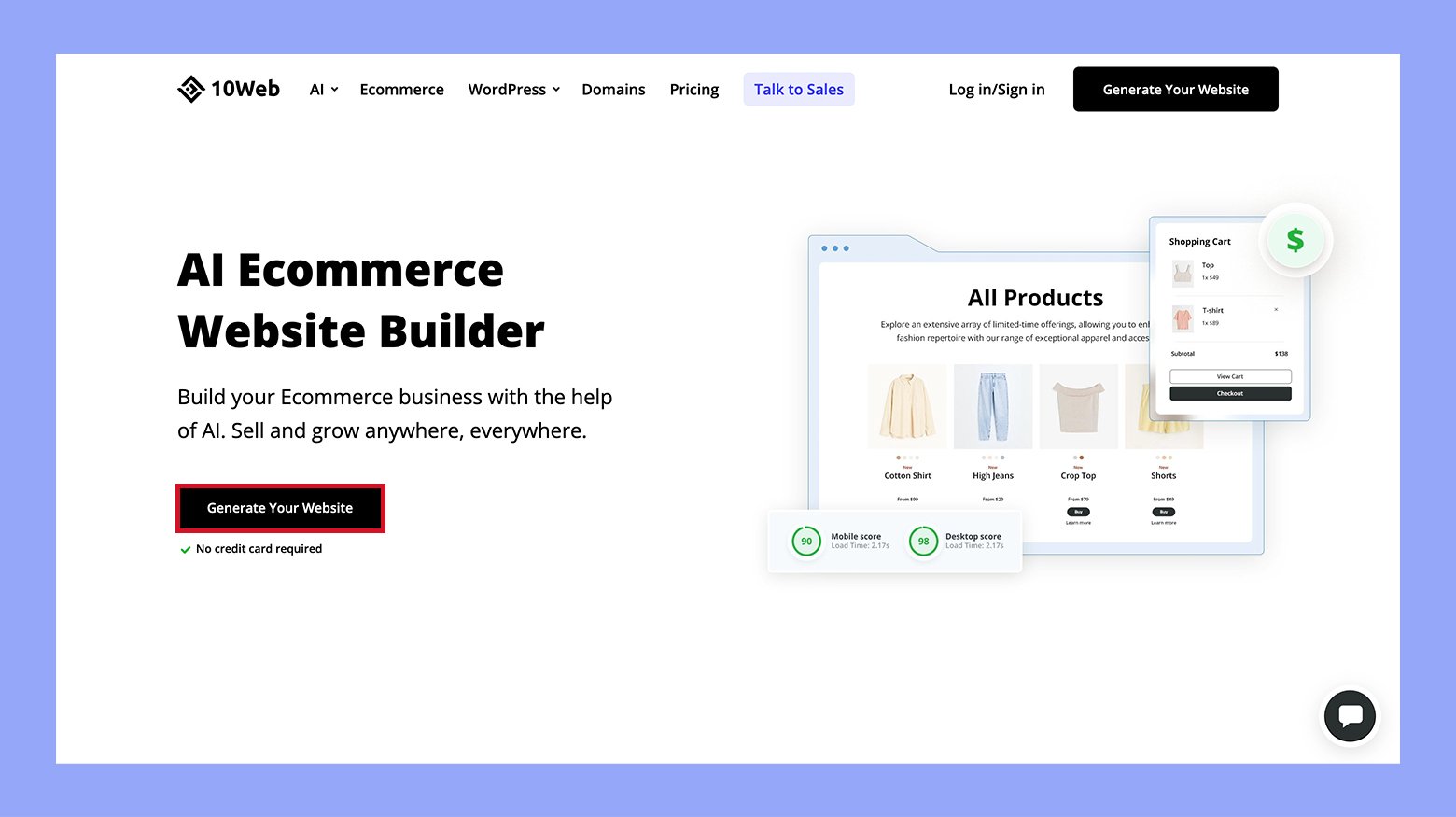
Select Proceed to create a new website with AI.
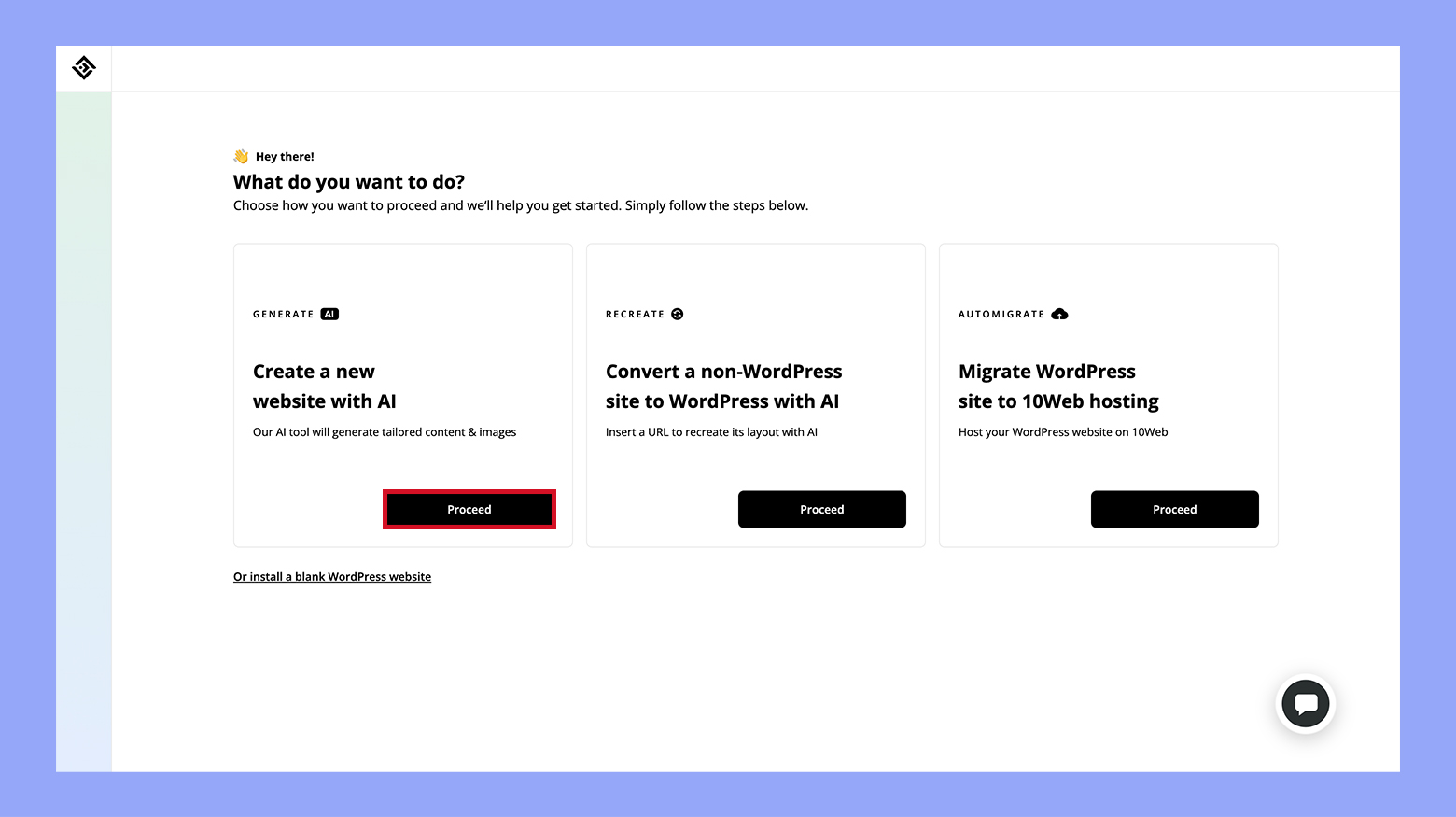 Enter your business type.
Enter your business type.
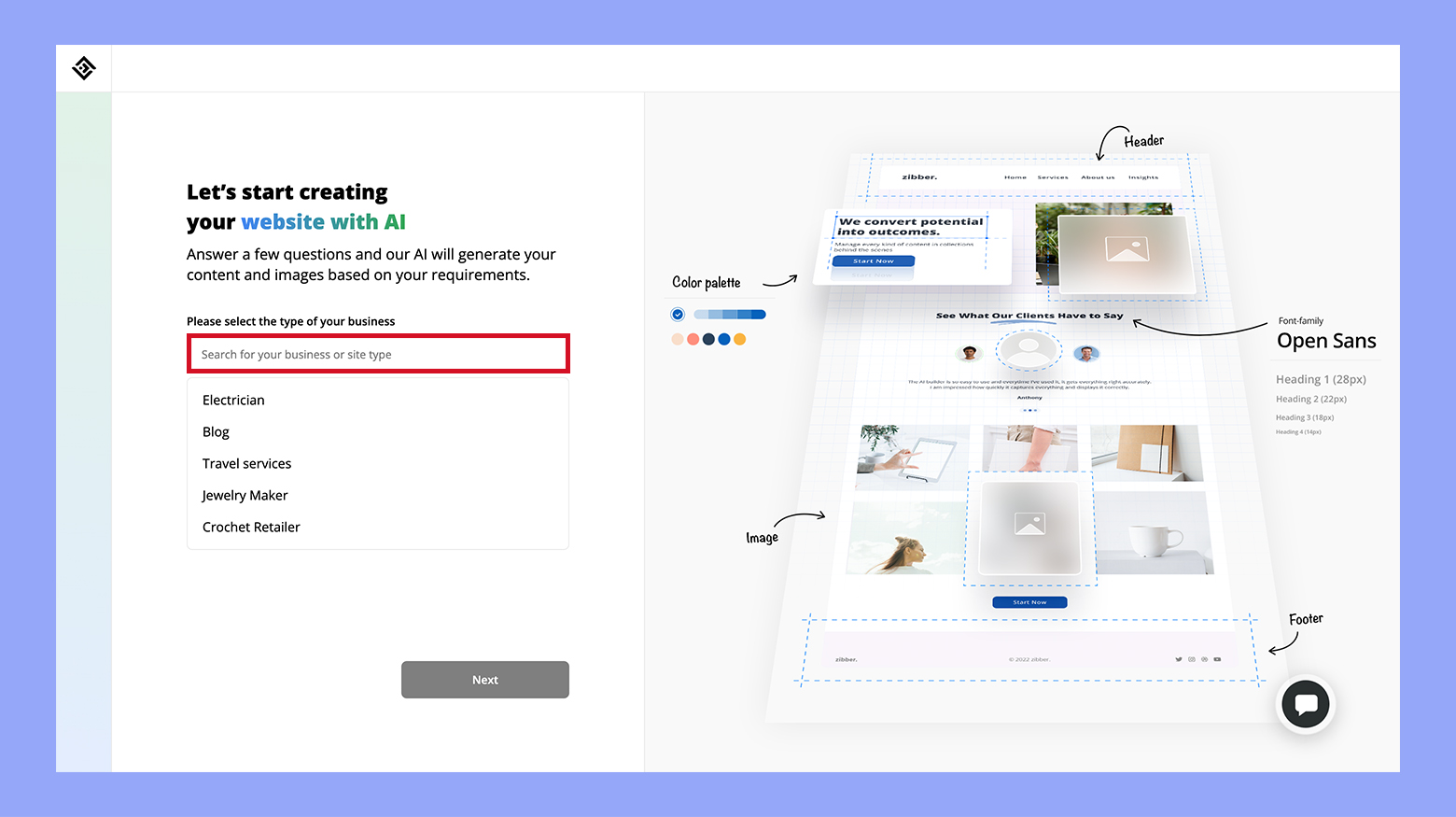
Provide a store name and description. Use the Enhance with AI tool if needed.
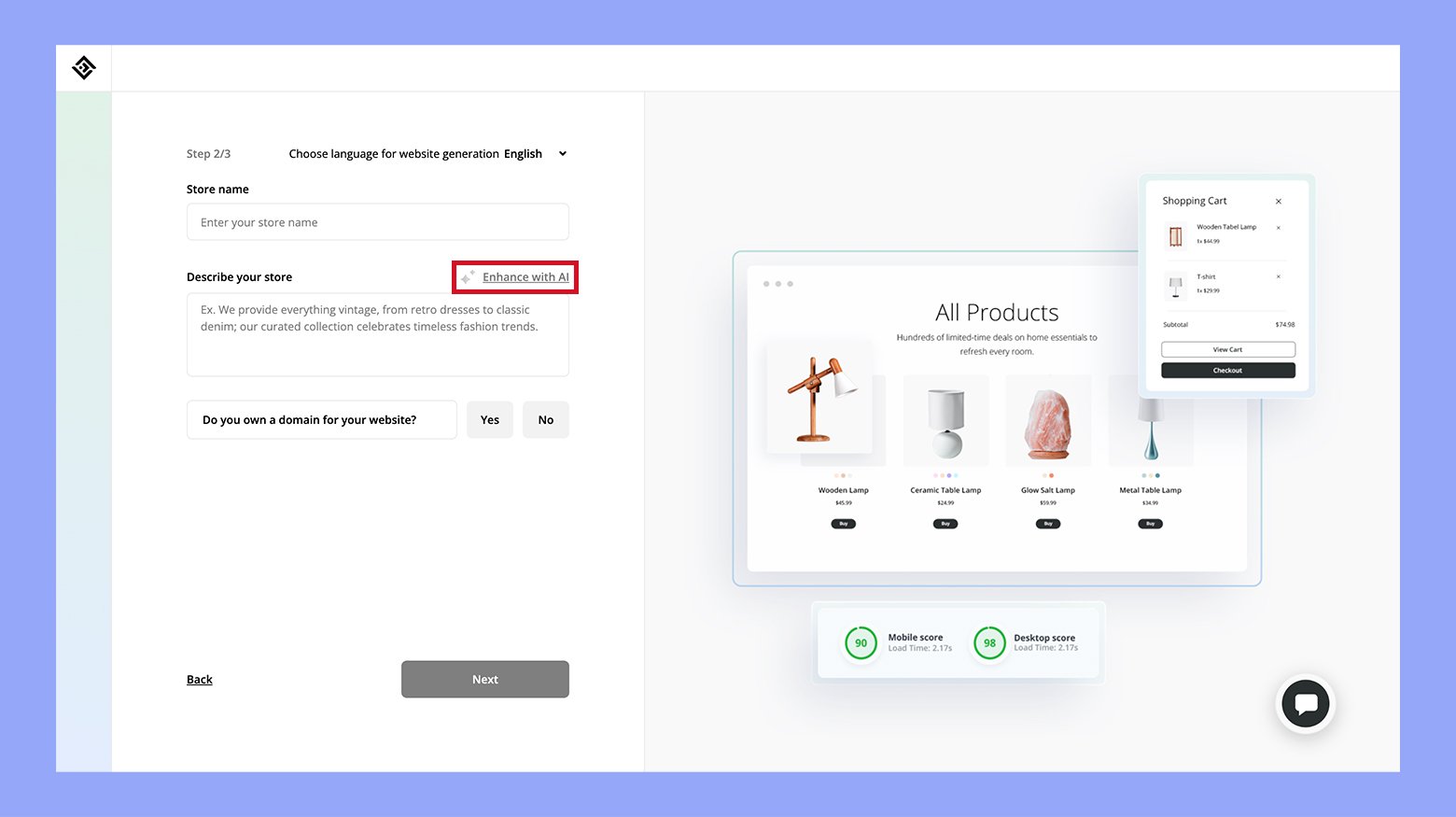
Enter details for your first three products and categories.
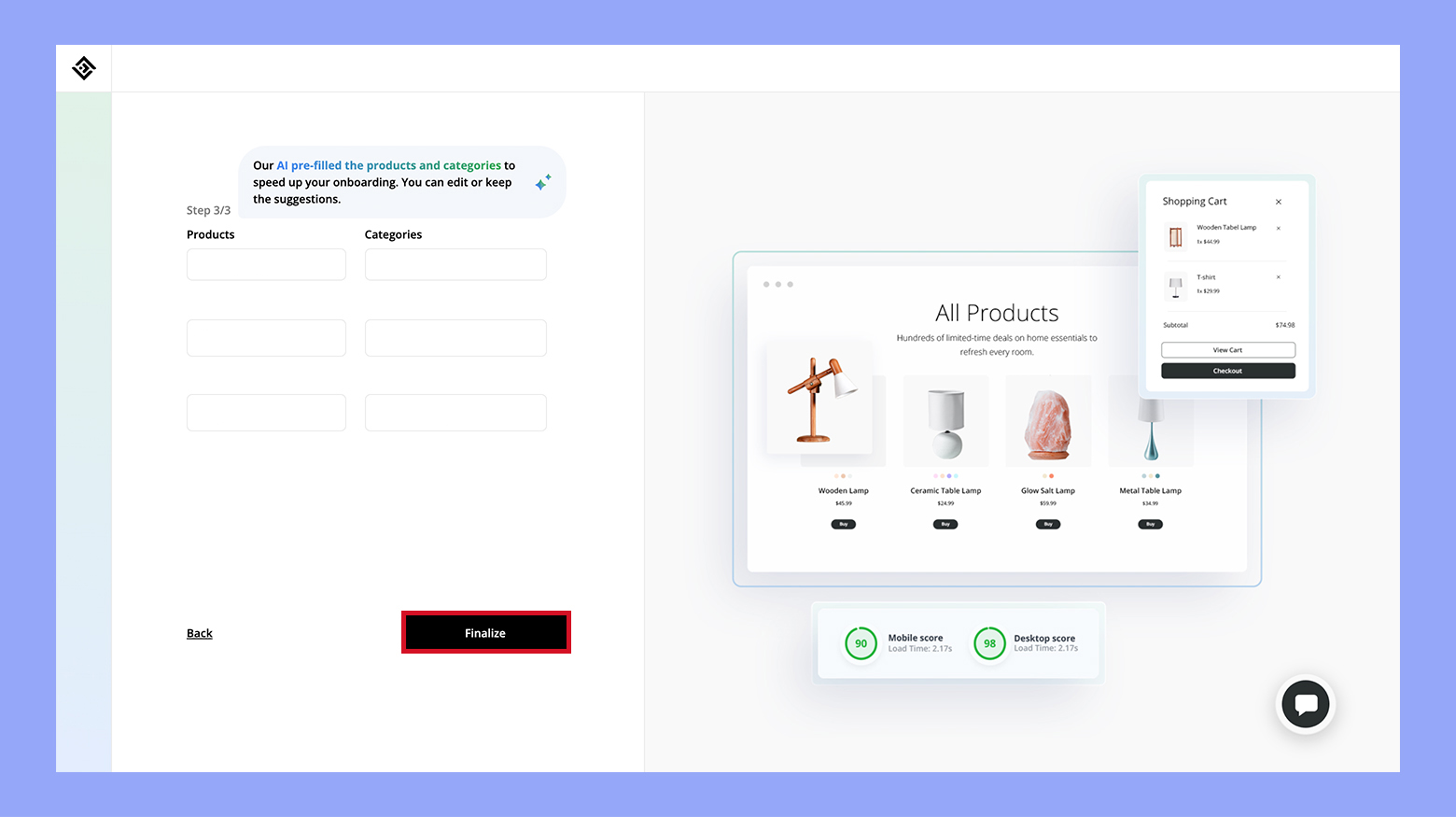
Lastly, click Finalize, and wait for 10Web to generate your site. Once your site is generated, preview it and make any necessary adjustments using the user-friendly tools provided by 10Web.
- Create informative content
- Write clear and concise descriptions of your services.
- Use engaging images and videos to showcase your fleet and services.
- Include a blog to share industry news and tips.
- Add your inventory: Upload photos and details of your cars. Include:
- Clear images of each car from multiple angles.
- Car specifications such as make, model, year, and features.
- Implement a booking system
- Implement a user-friendly booking system.
- Use plugins or tools like BookingPress or SimplyBook.me.
- Allow customers to book and pay for services online.
- Set pricing and policies:
- List rental rates, including different prices for weekdays, weekends, and special occasions.
- Include terms and conditions, cancellation policies, and any additional fees.
- Payment gateway: Integrate a secure payment gateway like PayPal, Stripe, or Square to process online payments safely.
- Optimize for search engines:
- Use keywords related to car rentals in your website content.
- Write blog posts on travel tips or car maintenance to attract more visitors.
- Use a plugin like Yoast SEO to improve your site’s visibility on search engines.
- Ensure your URLs are both search engine and user-friendly.
- Create internal links between your pages.
- Customer service:
- Include a FAQ section to answer common questions.
- Provide contact details and consider adding a live chat feature for real-time assistance.
- Ask satisfied customers to leave reviews on your website and social media.
- Display testimonials prominently on your homepage.
- Respond to reviews, both positive and negative, to build trust.
By following these steps, you can create an effective online space that attracts and retains customers for your car rental business.

Looking to sell online?
Create your custom online store in minutes with 10Web AI Ecommerce Website Builder and take your business online.
Step 4: Determining your services and rates
To run a car rental business successfully, you need to plan the services you offer and decide on appropriate pricing. This involves understanding your customers’ needs and structuring your rates to be competitive but profitable.
Analyzing your target market needs
First, identify who your ideal customers are. This can include tourists, business travelers, locals needing a temporary car, or people looking for luxury cars for special occasions. Understanding your market helps you tailor your services to attract more rentals.
Research what types of cars are popular within your target market. For example, business travelers might prefer luxury cars and reliable sedans, while tourists might look for economy or family-sized models. Offering a variety targeting different preferences and budgets is key.
Consider offering both short-term and long-term rental options to meet different customer needs. Some people might need a car for just a day, while others could need it for weeks or months. Catering to this variety can increase your rental company’s appeal.
Structuring your pricing and rental agreements
Pricing should reflect the value you’re offering and be competitive with other car rental businesses. Research your competition to understand the going rates for different types of cars, like used vs. luxury vehicles, and set your rates accordingly.
Steps to structure your pricing:
- Calculate costs: Include fixed costs (e.g., insurance, maintenance) and variable costs (e.g., fuel, cleaning).
- Set base rates: Different rates for vehicle types and rental duration (short-term or long-term).
- Seasonal pricing: Adjust rates during peak seasons to maximize revenue.
- Additional fees: Consider charges for late returns, extra mileage, or additional services like GPS or child seats.
- Competitive pricing: Research your competitors and the market to determine competitive pricing. Use tools like Price2Spy to track competitors’ pricing and adjust your own accordingly.
- Discounts and promotions: Utilize plugins like WooCommerce Discount Rules to create special offers or seasonal discounts that entice customers.
Make sure your rental agreements clearly state all terms and conditions. This includes pricing, penalties, and responsibilities to avoid any confusion. Your agreements should be easy to understand, ensuring customers know exactly what they are getting.
Conclusion
Starting a car rental business requires careful planning and execution. Begin by understanding the market, creating a solid business plan, and choosing the right legal structure. Ensure you comply with all regulations, obtain necessary licenses, and invest in reliable vehicles and insurance. With dedication and smart management, your venture can thrive, providing reliable transportation solutions to your customers.


